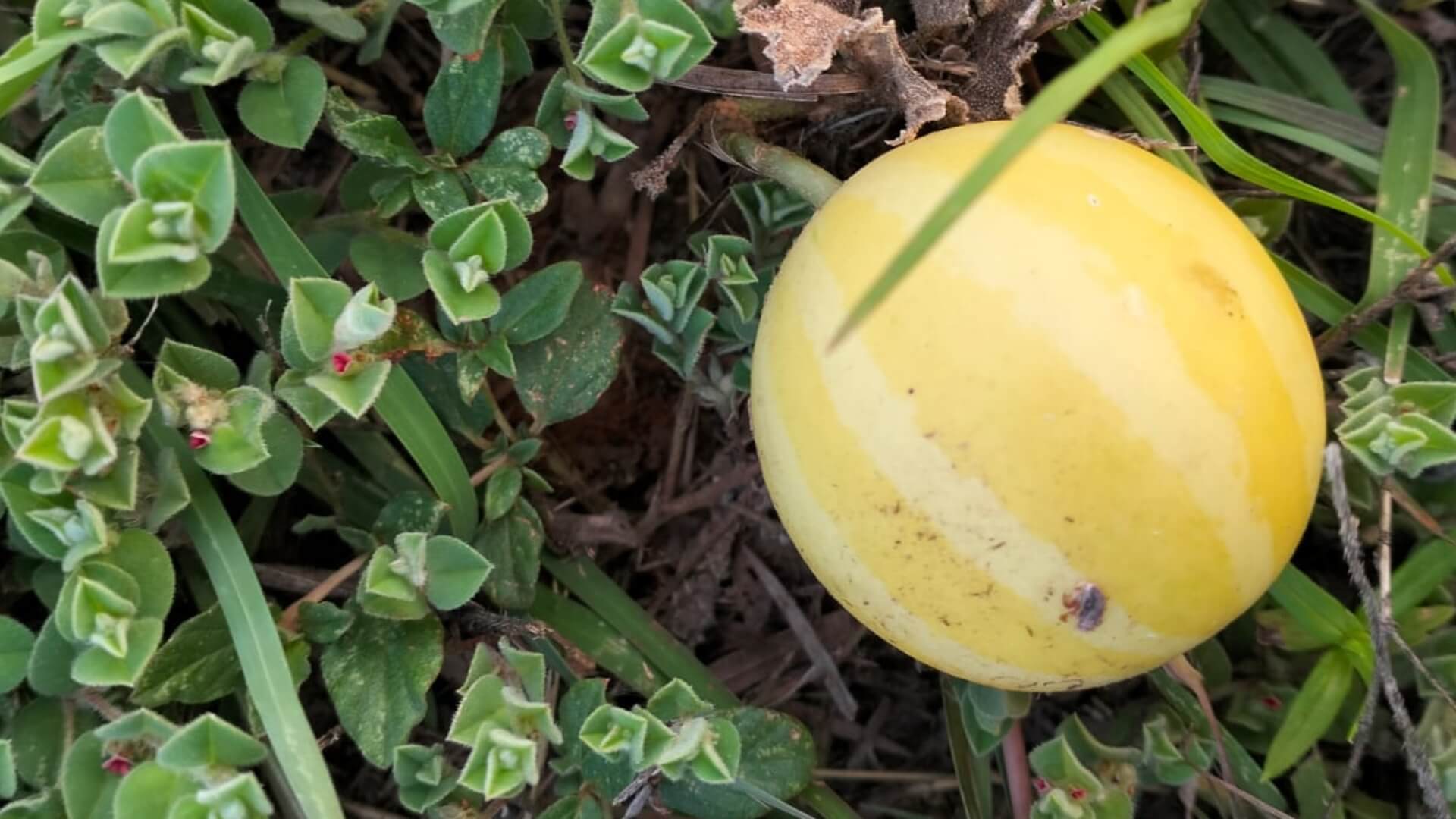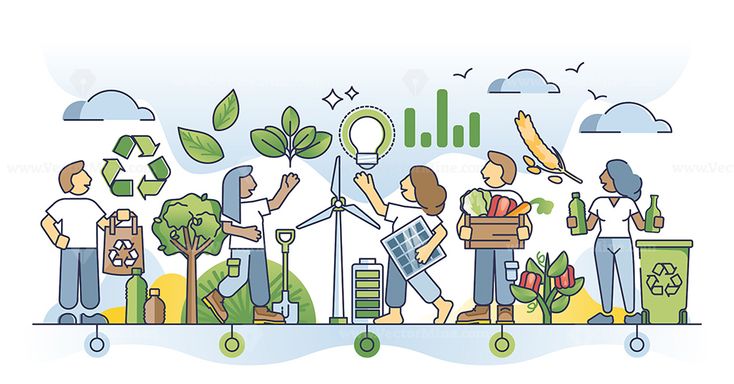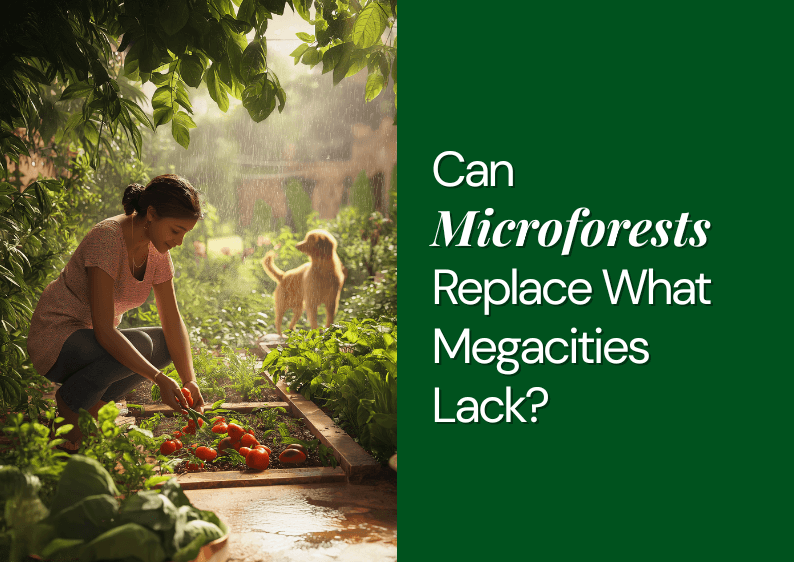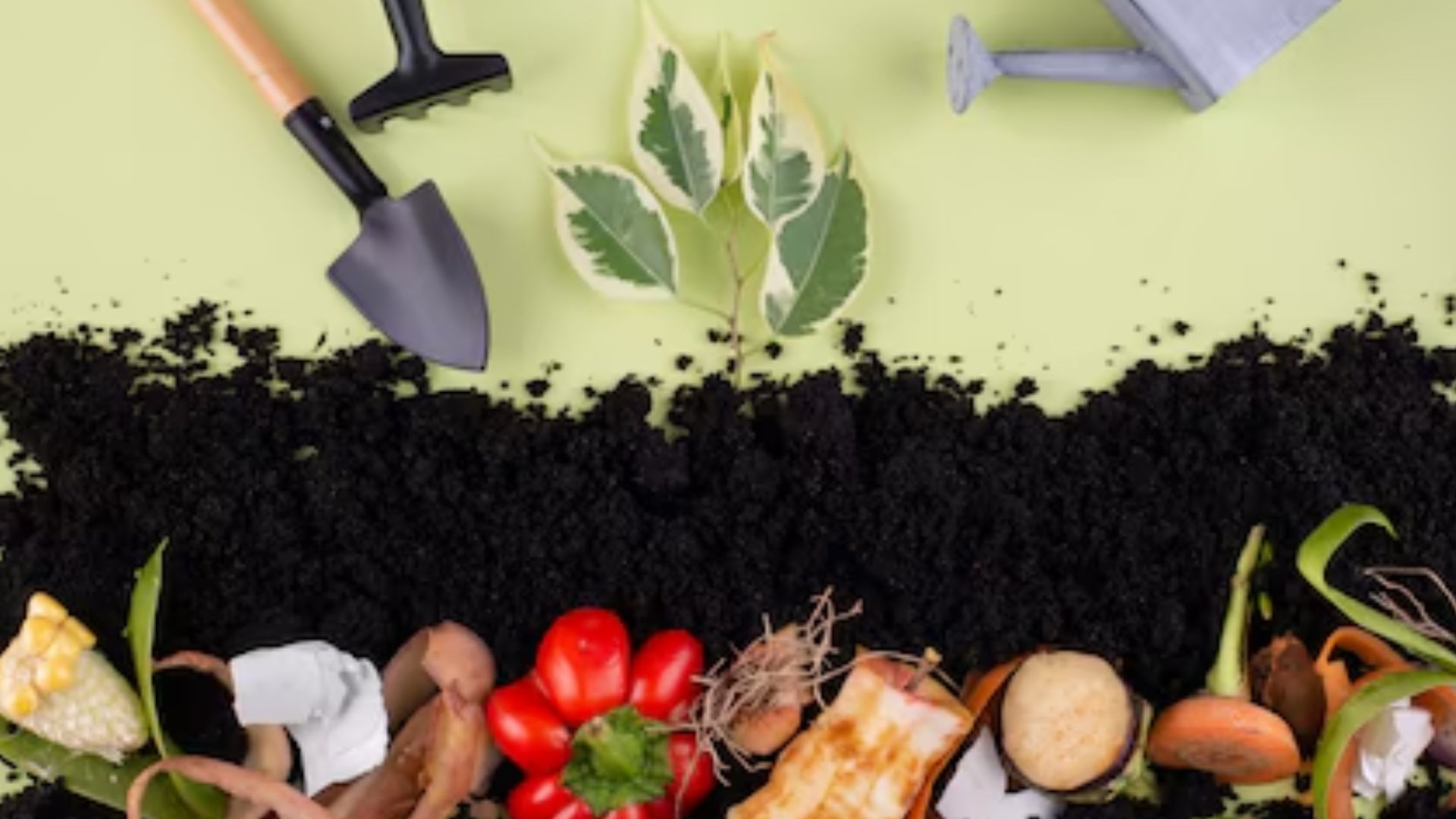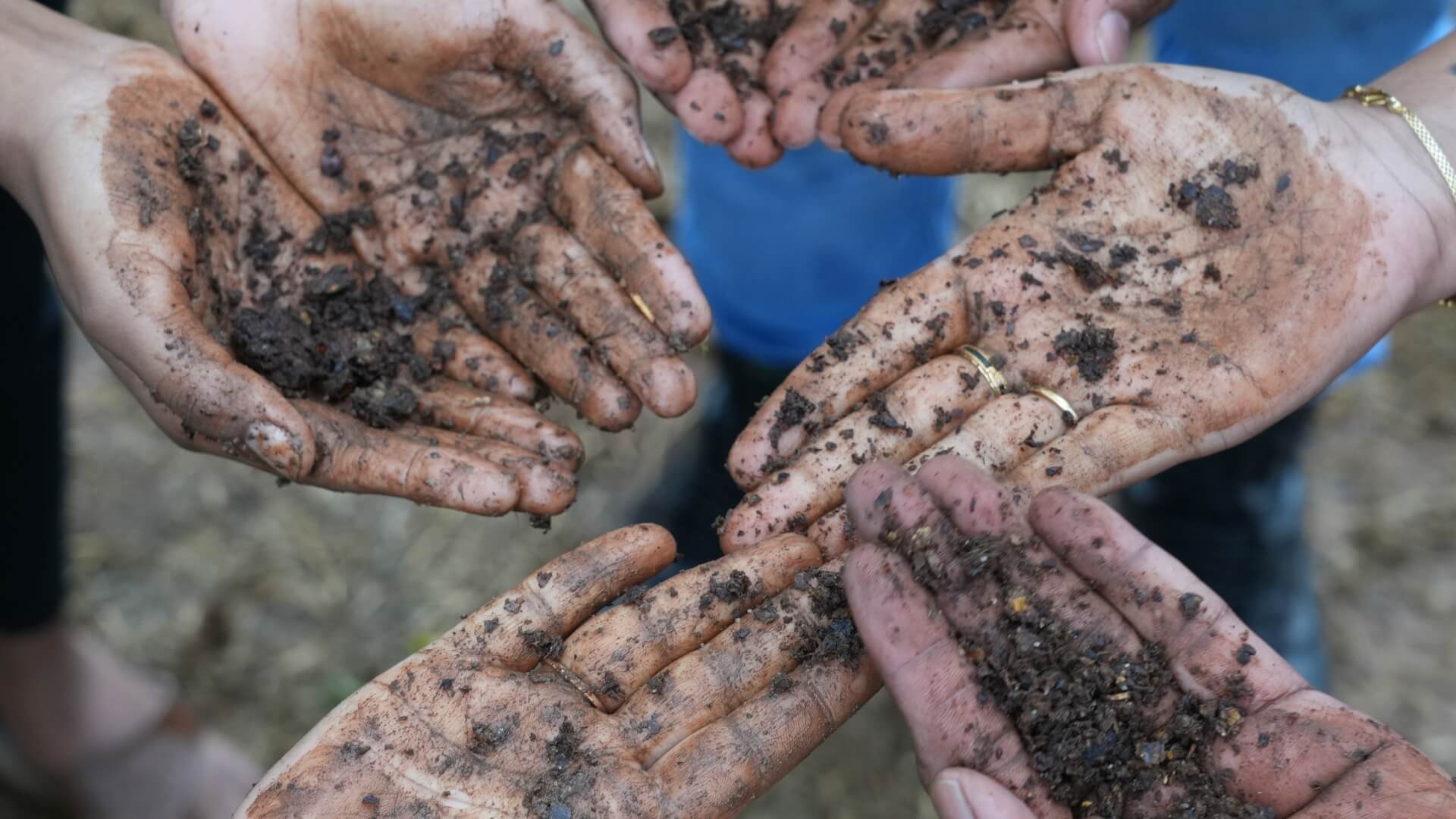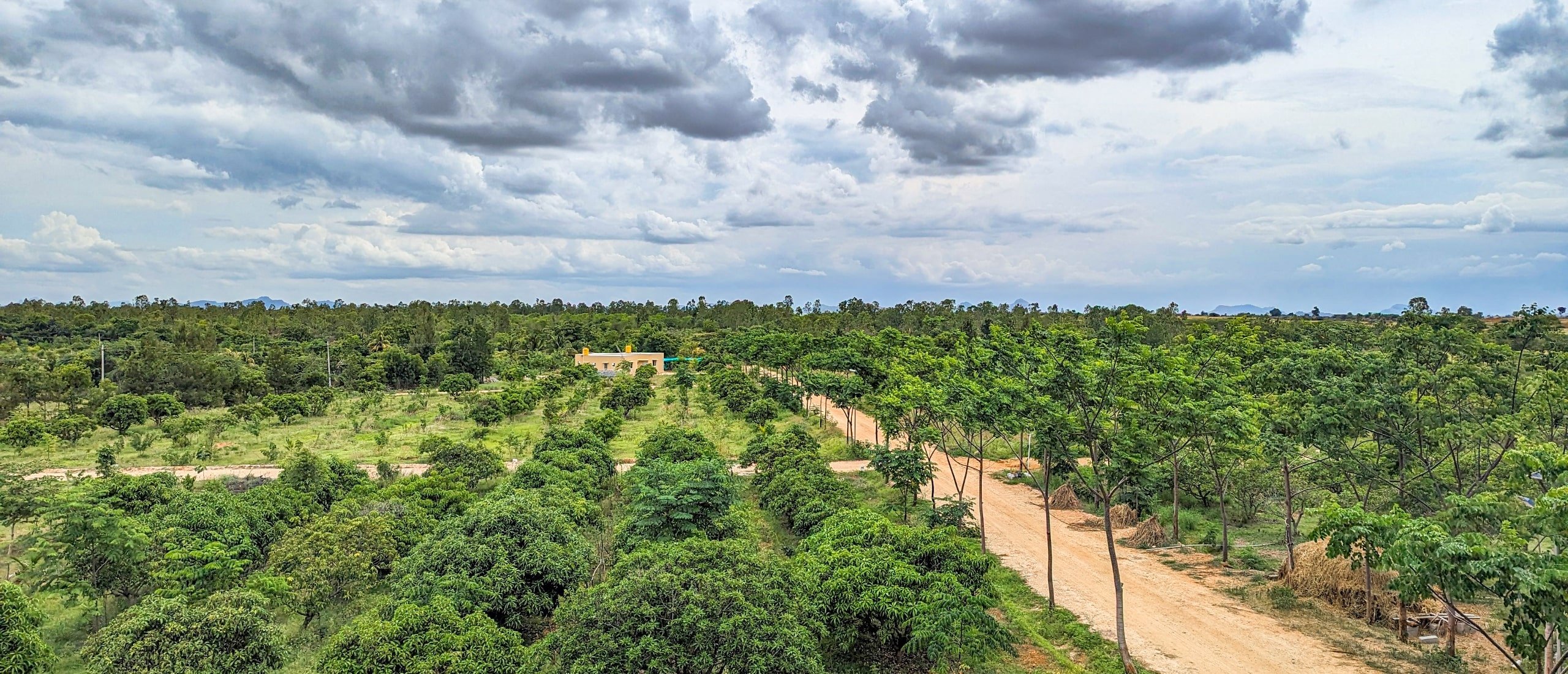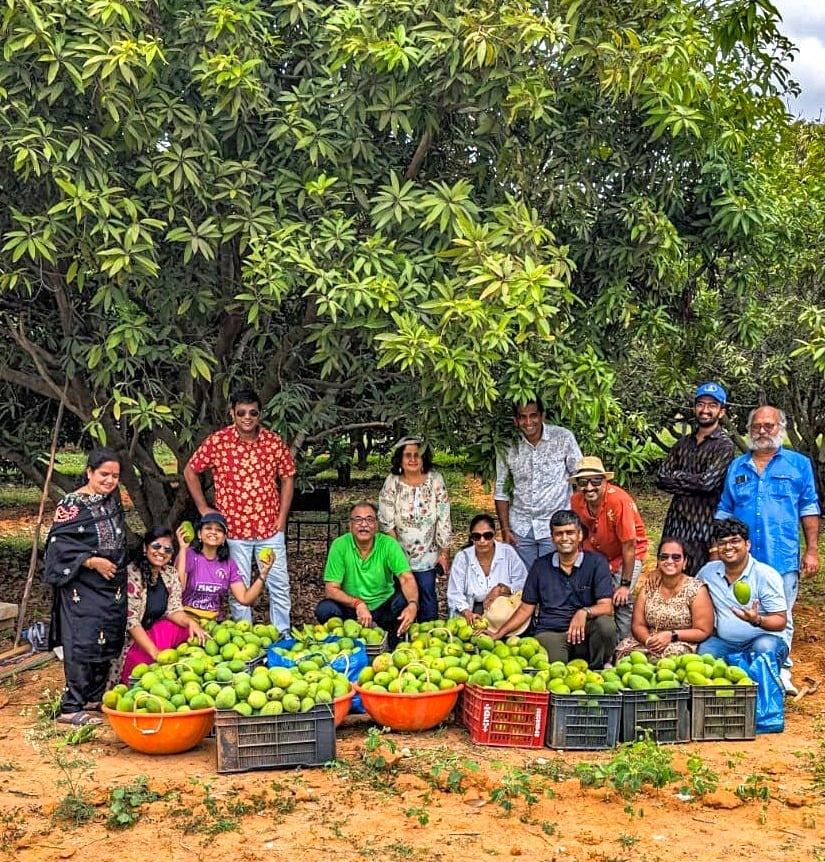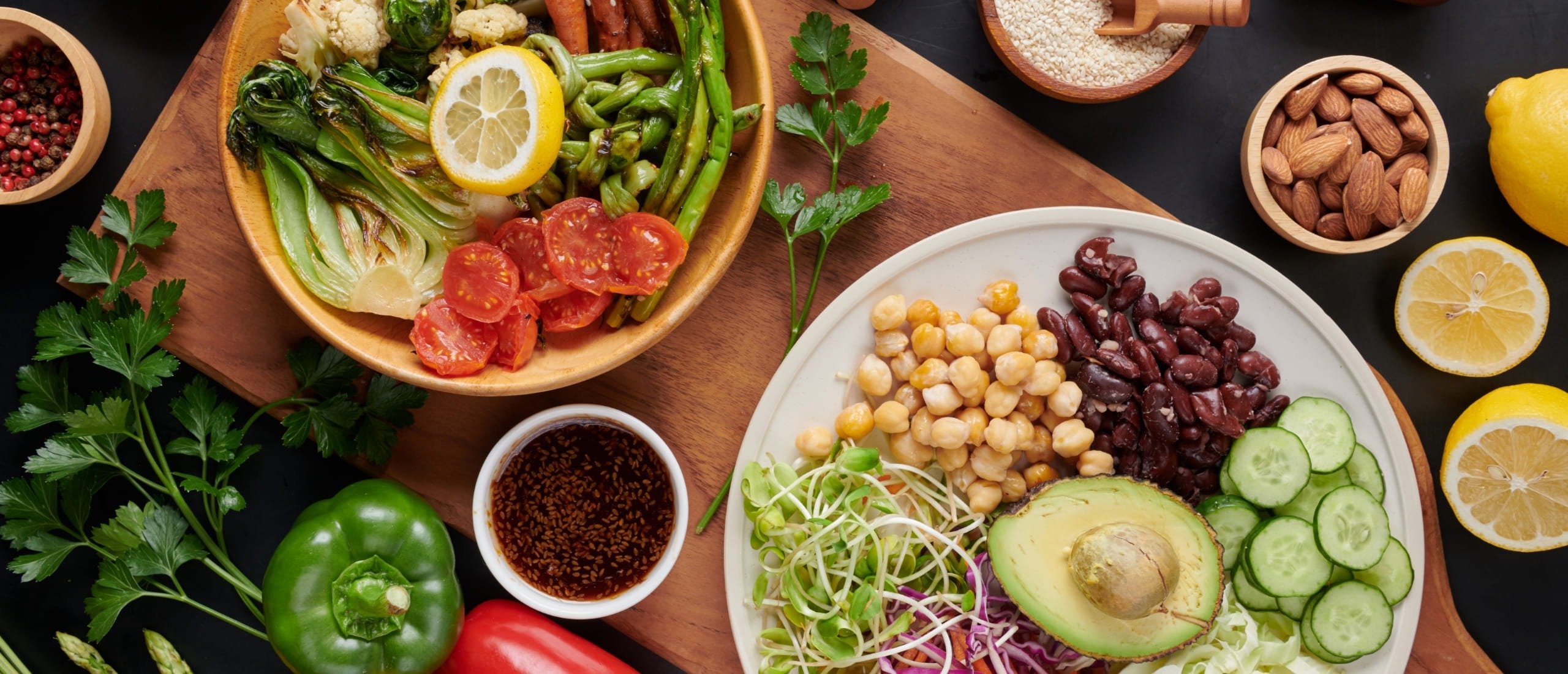July 6, 2019
Sustainable Water Management in Agriculture
Water is considered to be the most important resource for sustainable farming development worldwide. The fresh water supplies are already being diverted from agriculture to meet the rising demand of domestic and industrial use. The sustainable use of irrigation water must be greatly focused for farming in arid areas. India has already started witnessing water scarcity, which will only get worse going forward. To address this issue, Ashok J, Co Founder and Chairman of Hosachiguru, an agriculture expert shares his ideas and techniques to the improvement of water management in farms.
According to Ashok, the golden rule to efficient water management is Reduce-Recycle-Reuse at all stages of farming activities. Some of them may be used concurrently or separately. Read on to find out what Ashok says on efficient water management.
1. Plant density & Diversity: Optimize the distance between rows of primary plants and varieties of the saplings you plant. It is important to incorporate “companion plants” that complement each other. This will help to rationalize the water demand.
“Optimizing density of Primary Plants and incorporation of companion plants that are suitable for local conditions help us manage water demand better.”
2. Wonder Gel: Both in basal dose and in initial soil application incorporate small dose of Hydrogels. During Basal Dose add up to 20 grams / plant and at every Soil Application add 5 grams / plant (or less). This will help hold water and fertilizers for longer duration in the root zone and can reduce water application by 20% and fertilizer application by 10%.
“In semiarid regions, like our farm locations, use of hydrogels shown good benefits in moisture retention and reduced transplanting stress”
Hydrogels are available from different companies starting from UPL, Coromandel, etc
3. Magic Pits: In every 5 rows of primary plants, dig pits of 1 ft X 3 ft X 2 Ft (depth) at 20 ft interval and dump cut weeds into these pits. Add Hydrogel and activated BioChar into them. Grow cover crops regularly.
“These Magic Pits help in multiple ways as given below:
- These pits will help divert and store rainwater
- Work as soaking pits and improve ground water
- Help locally compost agriculture waste
- Will work as “go-to” zone for root systems nearby to uptake nutrients and moisture.”

4. Early morning or evening irrigation: Ensure that you have suitable pump and power source to irrigate when the ambient temperatures are low. As temperatures are relatively lower, it helps in moisture retention for longer hours before evaporation starts due to sun – You save water!
“In principle irrigating when sun is absent will help conserve water and retain moisture longer time.”
This can be automated using time based pump irrigation systems. A lot of start ups are focusing on Sim controller based pumps that help in semi automation of irrigation. Please verify past installations to ensure good functioning of the same.
5. Bore Well recharge: For each bore well create a collection pit of 5ft x 5 ft x 10 ft (depth) size. Add holes to the bore pipe. Fill from the bottom as follows: 3 ft bigger stones, 3 ft 10 mm jelly, 1 ft 5 mm jelly, two layers of insect / mosquito net, ½ ft of coarse sand. Divert rainwater to these pits. Water will soak and filter in to the bore well. Just doing this alone can ensure the borewell never goes dry. Over a period of time the earth below becomes a great source of storage.
6. Rainwater collection pond: Farm ponds can be set up in lowest area within the Farm. Divert rainwater within and outside the farm into this RWH tank. A diversion pit can be used to collect silt from the running water. The water from this pond can be diverted into nearby bore wells to enhance ground water.
“Very important to capture rain water as it is pure and renewable source. It is our duty to put back rain water in to the ground”
7. Summer miracles: In semiarid regions the solar intensity is very high in summer days. Using specific sprays available in the market that create a protective layer on the leaf, thereby reducing perspiration. Depending on summer intensity, take sprays of “Summer Miracle” one or 2 times.
“Observed use of Summer Miracle, worked wonders for the plants even in harsh conditions”
8. Pulse Irrigation: Instead of continuously irrigating for 1 to 2 hours for the same plot, shift irrigation from one block to another every 10 to 15 min. This will help in water spread and improve retention in the soil. There are controllers and valves available in the market for shift irrigation between blocks. Depending on slope of the farm land, you have to use “non-drip” or “Pressure compensated” drippers for uniform application.
9. Twin Line Low Discharge Inline Drip Irrigation: Go for drip irrigation and choose low discharge inline drips & two parallel lines – 1 LPH with 30 cm (to 50 cm) spacing X 2 lines. This will ensure maximum coverage of surface area for a given pump discharge and will minimize the leeching. As more area is covered by drip irrigation, the soil fertility improves and subsequently increases humus development in soil. More Humus in the soil means more moisture holding and eventually results in water saving.
“Effective way to reduce water demand and improve soil fertility”
Hosachiguru applies the above techniques in managing its farmlands and as an organization we have seen merit in applying above methods to implement water conservation with increased output. Based on crop, age of plants, soil condition and other factors, we alter the priorities and apply methods selectively to give our clients an opportunity to increase produce.
We as an organization believe that learning is a continuous process and are always on the lookout for more methods to improve water conservation in our farms.
Please do write to us at [email protected] for any suggestions / feedback.














